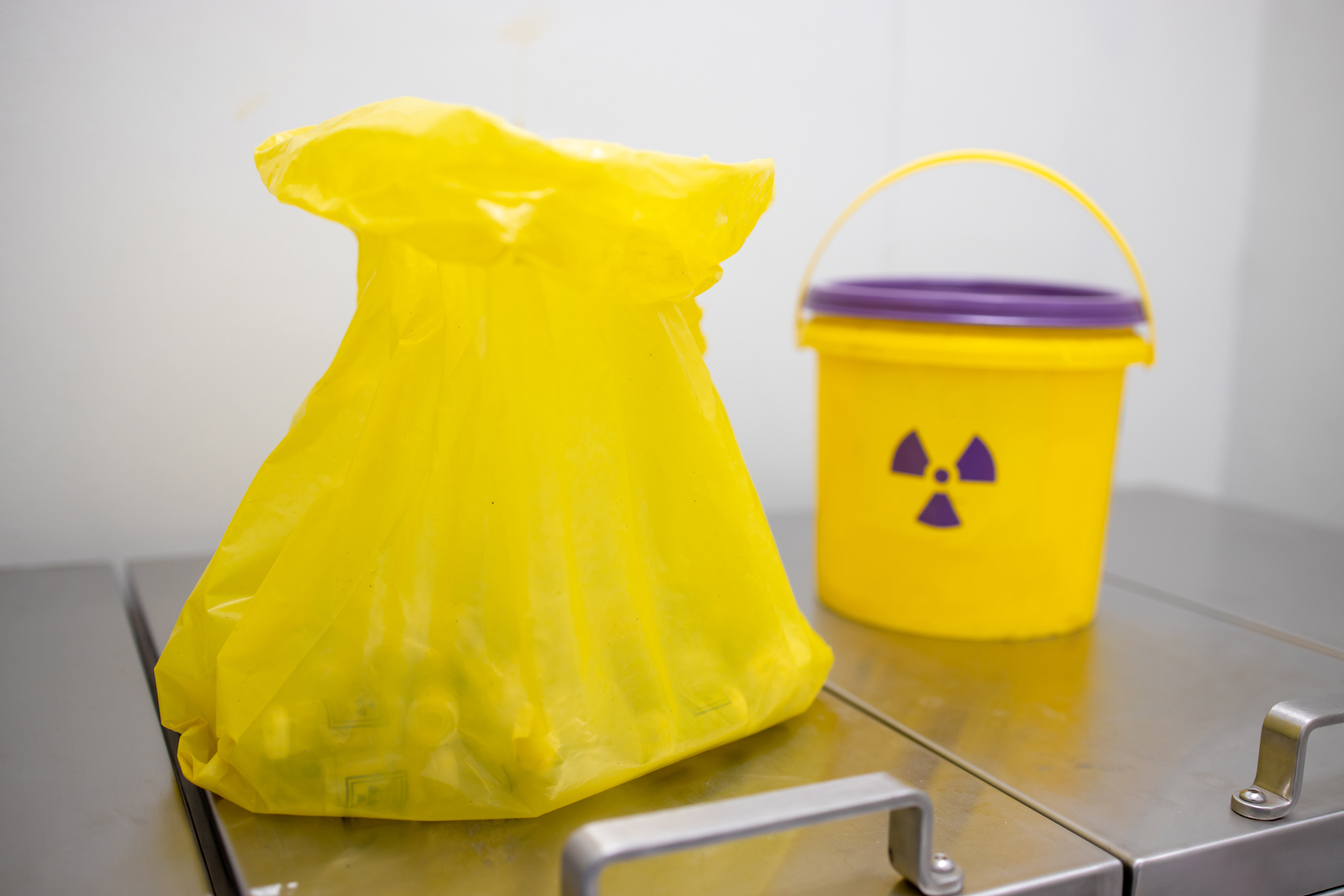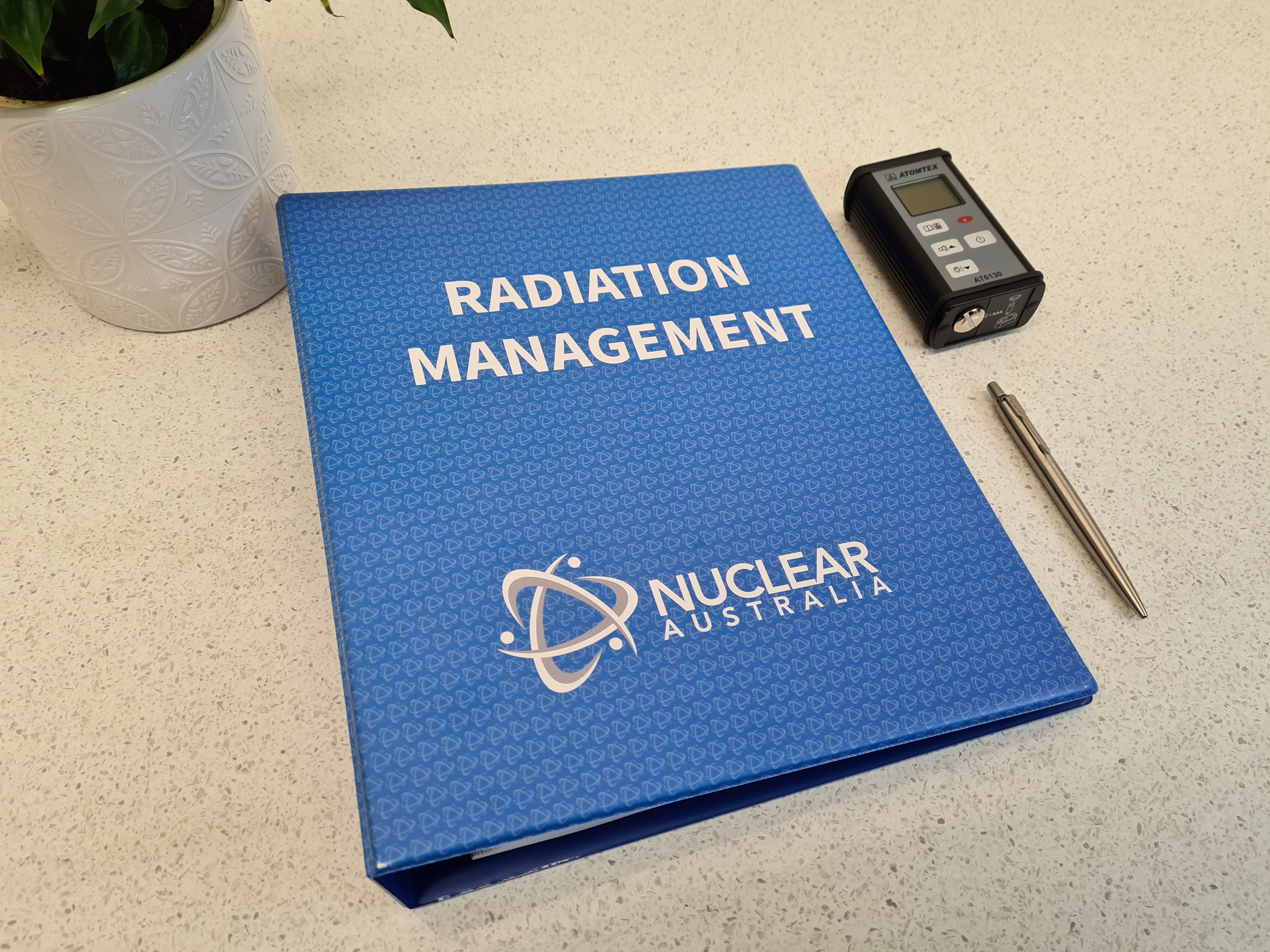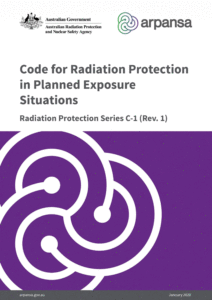
The Berthold LB 115 Data Logger is a stationary dose rate monitoring system providing high flexibility and maximum safety. The system consists of a head unit with a 7-inch colour touch screen display, user-friendly software for intuitive operation, electronics for flexible alarm signalling, and it can be combined with up to two external probes.
Berthold LB 115 Data Loggers are designed to measure dose rate levels in nuclear facilities, nuclide laboratories, hot cells, and many other laboratories and production facilities. The data logger is used to display, record and store measurement data. Up to 2 measuring probes can be connected (dose rate, contamination or activity measurement).
For more details, please refer to datasheet.
Features:
- Gamma and neutron dose rate probes (e.g. LB 6411)
- Low/high dose rate system with automatic switching (2 probes, e.g. LB 6500-4 H10 and LB 6500-3 H10)
- Large area proportional counter tubes (e.g. LB 6350)High voltage for the GM counter tube (high voltage setting internally)
- Scintillation detectors (e.g. LB 1342)
- Intuitive, app-like touch-screen user interface
- Measured values can be displayed both, numerically and graphically
- Remote control option
- Flexible, easy data transfer options
- Password protected input parameters and access level restriction
- Connectivity to support various visual and acoustic alarm units
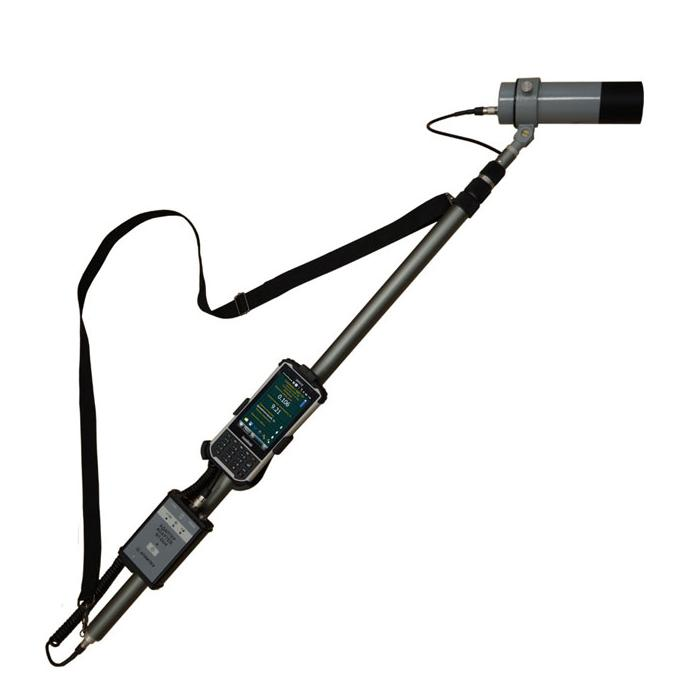
The Atomtex AT1117M Radiation monitor is a multi-purpose radiation monitor. It can be equipped with a variety of external smart probes for different applications, as required.
The control of the monitor operation and data indication is through a hand-held PC. Data can be transferred from the smart probe to the hand-held PC using a cable (where wireless communication is undesired) or by Bluetooth wireless technology (with interface adapter).
Measurement continuity and real time statistical processing of measurement results are provided by an operation algorithm.
This monitor is designed for the measurement of:
- Real-time search for sources of ionizing radiation and radioactive materials.
- Air kerma and air kerma rate.
- Directed dose equivalent and directed dose equivalent rate of gamma and X radiation.
- Ambient dose equivalent and ambient dose equivalent rate of gamma and X-ray radiation.
- Surface activity and disintegration of 239Pu and 90Sr + 90Y.
- Flux density of 39Pu alpha and beta particles from contaminated surfaces.
Selected areas of application:
- Radiation monitoring during decontamination operations.
- Radiation protective means in the case of nuclear disasters.
- Sanitary and epidemiological inspection.
- Radioecology.
- Emergency rescue service.
- Civil protection.
- Nuclear industry.
- Research activities.
- Customs control.
The hand-held PC provides the following functionality:
- Sound and visual alarm when threshold level is exceeded for dose, dose rate, flux density and surface activity.
- Processing and display of measurement data.
- Automatic recording and storing of over 10,000 measurements with GPS referencing.
- Automatic and manual data transfer to a remote server.
- GPS referencing of measurement results.
- Data can be loaded to PC for further analysis and processing in professional GARM Software.
- Battery charge indication for handheld PC and interface adapter.
Equipment variations:
- The smart probe and interface adapter can be attached to a holder with a handle. The handheld PC can be either carried by hand, worn on a belt, in a backpack or affixed to the operator’s chest. Communication between the handheld PC and the interface adapter can be done by either Bluetooth interface or cable.
- The smart probe and interface adapter can be carried in a backpack.
- The smart probe and interface adapter can be attached to a bar.
- The handheld PC can be mounted on a tripod.
For further information on this product, please contact us at Nuclear Australia.
Features:
- Measurements can be obtained with 3 or 1.7-meter telescopic booms.
- High sensitivity and wide measurement range.
- Multiple functions.
- Search for x-ray, gamma, alpha, beta and and neutron radiation sources.
- Quick accommodation to changes in radiation level.
- Compensation of intrinsic Geiger-Muller counter tubes background.
- Integrated LED stabilization system in scintillation smart probes.
- Sound and LED alarm.

A radiation management plan provides the safety map for any organisation which utilises radiation within their practices. Many industries use radiation for precision detection, measurement and quality control applications. Additionally, a radiation management plan must be in place for any organisation involved in the safe transport and storage of radiation. This would be applicable for dangerous goods transport providers and for any organisation whose employees work with or around radiation in the field.
Radiation management plans detail the important information relevant to the practices performed and the guidelines which must be followed to ensure the protection of people and the environment. It is important that the radiation management plan layout be one which allows for information to be located quickly and ensures that priority information such as safety procedures and emergency contacts are designated clearly and are easily accessible. And that all regulatory requirements are satisfied, within the scope of the nuances within your organisation, site infrastructure and source specifications.
The regulatory framework within which your radiation practice must operate is extensive and can be helpful to have the assistance of a radiation consultant. Having a vast experience working within the radiation industry and providing radiation safety services, Nuclear Australia is a leader in the design and provision of radiation management plans.
For a more comprehensive description covering the essential specifications, requirements, and procedures involved in the development of radiation management plans, please visit our article here.
Alternatively, to enquire about our service and get your radiation management plan, please contact us below.
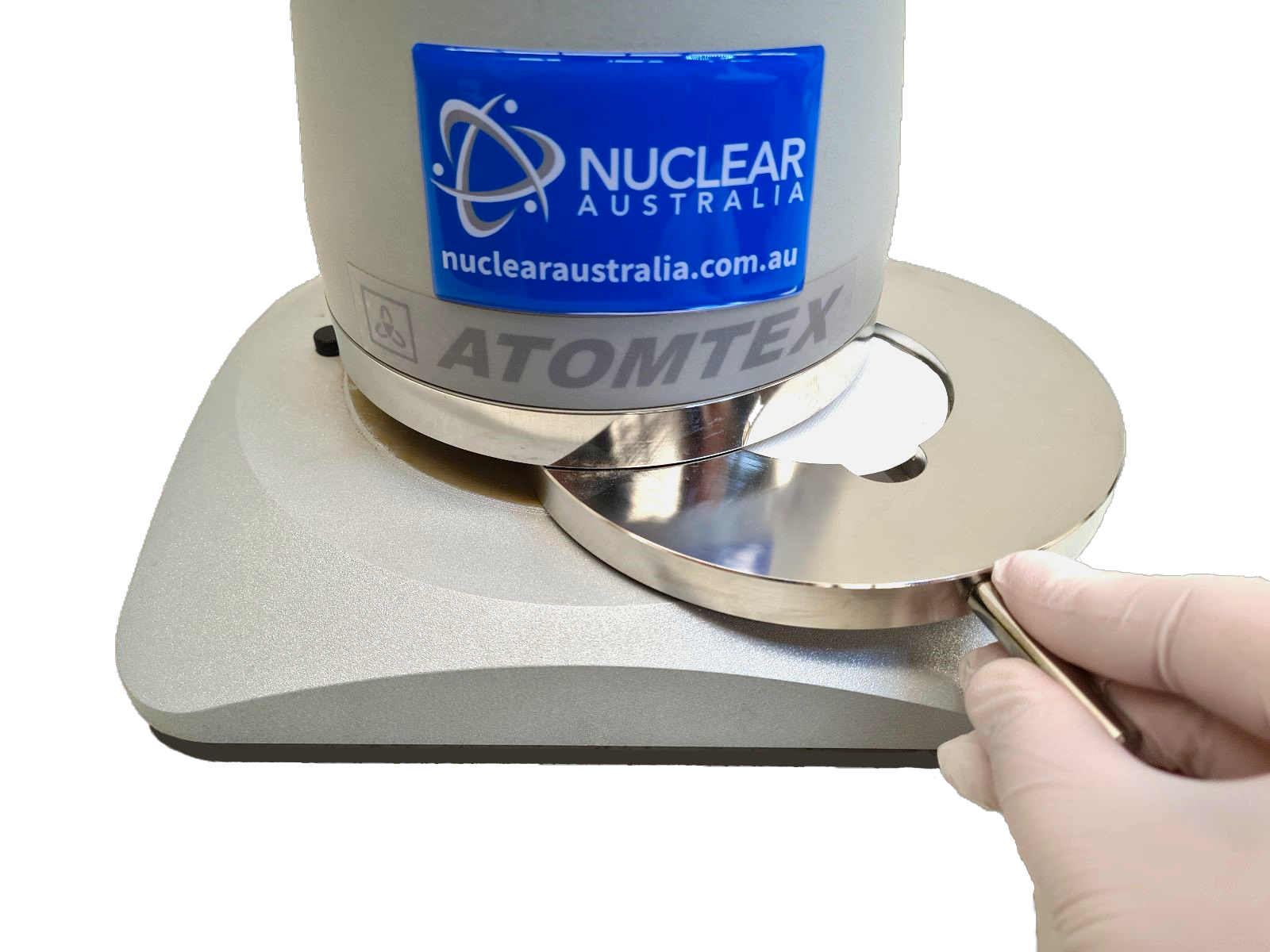
As a regulatory requirement, the integrity of a sealed radiation source is to be examined on a routine basis. Typically, contamination wipe testing must be undertaken annually to ensure that sealed radiation sources have not developed leak(s), the exact time frame is specified in the relevant code of practise for the radiation practise being performed.
Wipe testing is a method of analysis which processes a sample from the surface of a sealed source apparatus or source holder. Usually, a thin round of material such as cotton or paper, which has been wet with a solution, is used to wipe specific areas. This wipe creates a sample of what is present on the surface, which can then be tested for contamination by a radiation specialist.
At Nuclear Australia, we process these samples in our laboratory. Our equipment identifies distinctly for alpha and beta particle emission. Following completion of testing, we provide a wipe test certificate. This certificate details the method used to analyse the wipe sample and whether radiation contamination was found to be present.
To make this service easily accessible for our customers, we provide a wipe test kit which includes the components and instructions required to correctly perform the wipe procedure and details of where to send the sample for inspection by our specialists.
To obtain a wipe test kit or to enquire about our service, please contact us below.
Alternatively, add this product to your cart and check out. Nuclear Australia will contact you within 24 hours of receiving your purchase.
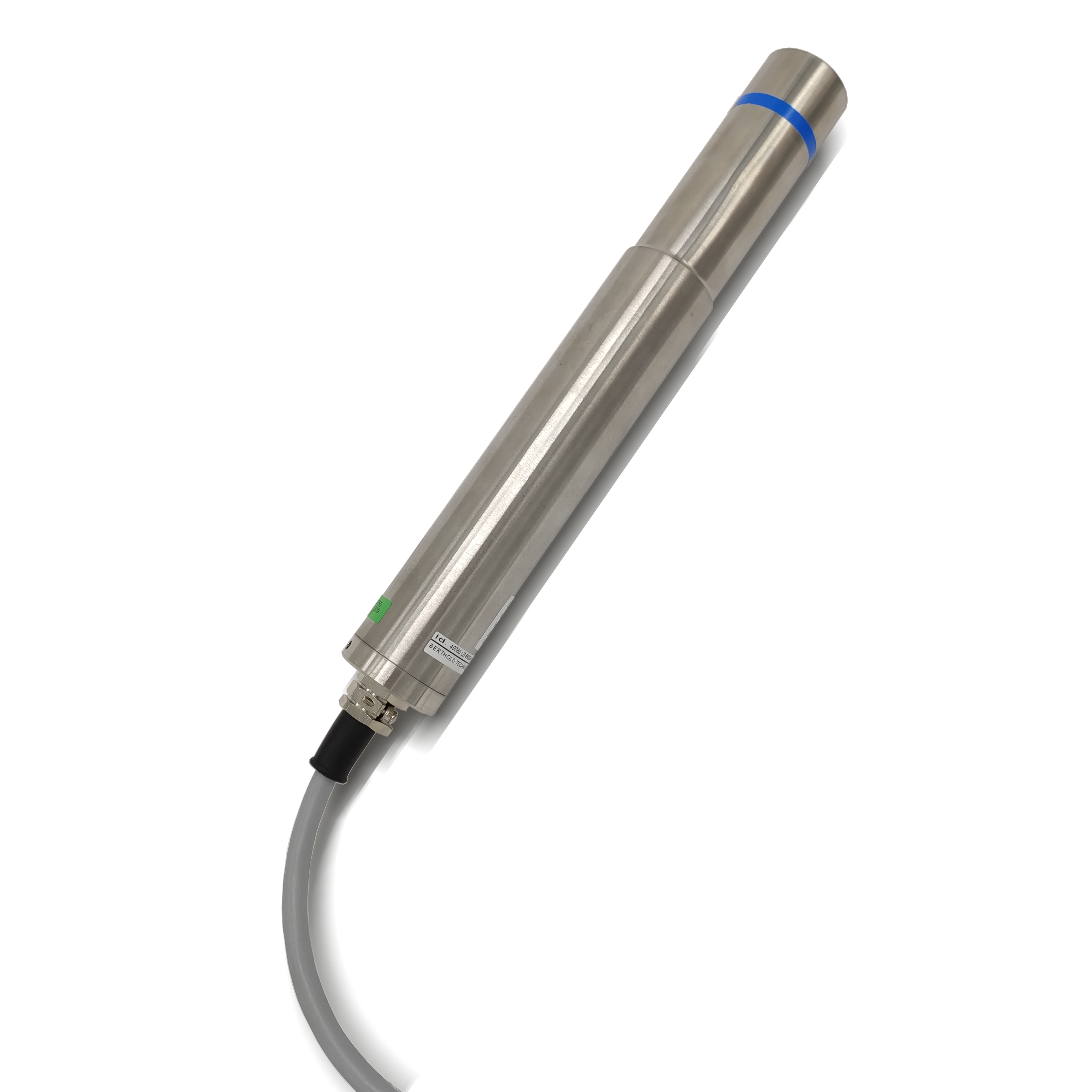
Berthold LB 6500-H10 is a dose rate probe in a stainless steel cylindrical shape, which also serves as a handle. The unit is integrated with Geiger-Mueller counter tube, amplifier–pulse shaper stage and high voltage module, used in various radiation protection applications, for environmental gamma-monitoring, and for local dose rate measurements. The measured radiation quantity is ambient dose equivalent H*(10) and ambient dose rate equivalent Ḣ*(10).
The measuring results of the Berthold LB 6500-H10 are displayed on the easy to operate universal monitor Berhold LB 134 (UMo II) which comes with a data storage system and USB interface. The probe can be used also in combination with the stationary data logger Berthold LB 115, which is a modern and versatile unit with colour display that shows current numerical and graphical values of on-site measurements.
The highest sensitivity of the counter tube is perpendicular to the longitudinal axis. The centre of the active area is marked by a blue ring on the probe case. Due to this quench, the counter tube should always be held vertical or transverse to the radiation incident direction.
The Berthold LB 6500-H10 dose rate probe exists in 2 versions:
- LB 6500-3-H10 High dose rate ≤ 1 Sv/h
- LB 6500-4-H10 Low dose rate ≤ 10 mSv/h
For more details, please refer to datasheet.
Features:
- Ambient Equivalent Energy compensated GM counter tube.
- High voltage for the GM counter tube (high voltage setting internally)
- Amplifier discriminator circuit

The Berthold LB 1236-H10 probe with an energy compensated proportional counter tube (50 nSv/h – 10 mSv/h) is available for gamma dose rate measurements. The measured radiation quantity is ambient dose equivalent H*(10) and ambient dose rate equivalent Ḣ*(10).
It consists of a preamplifier/HV generator in a cylindrical case, which also serves as a handle, and the firmly installed counter tube. For dose rate measurements, the probe is designed to evaluate the effect of radiation, for instance, the ambient equivalent dose rate and not the number of counts. Accordingly, the probe is equipped with a sophisticated energy filter system (consisting of different materials). The exactly calculated construction of the energy compensation filter system ensures that the count rates triggered in the proportional counter tube are largely independent of the energy of the gamma radiation. The unit of the ambient dose equivalent rate is μSv/h. The unit of the ambient dose equivalent (integrated dose rate) is μSv (in USA usually mrem).
The highest sensitivity of the counter tube is perpendicular to the longitudinal axis. The centre of the active area is marked by a blue ring on the probe case. Due to this quench, the counter tube should always be held vertical or transverse to the radiation incident direction.
The measuring results for the Berthold LB 1236-H10 probe are shown on the easy to operate battery Universal Monitor (UMo II) LB 134 which contains a display, data storage and USB interface.
For more details, please refer to datasheet.
Features:
- Ambient equivalent energy compensated proportional counter
- High voltage for the proportional counter tube (high voltage setting internally or external control signal)
- Amplifier discriminator circuit
- For low dose rate levels (50 nSv/h to 10 mSv/h)
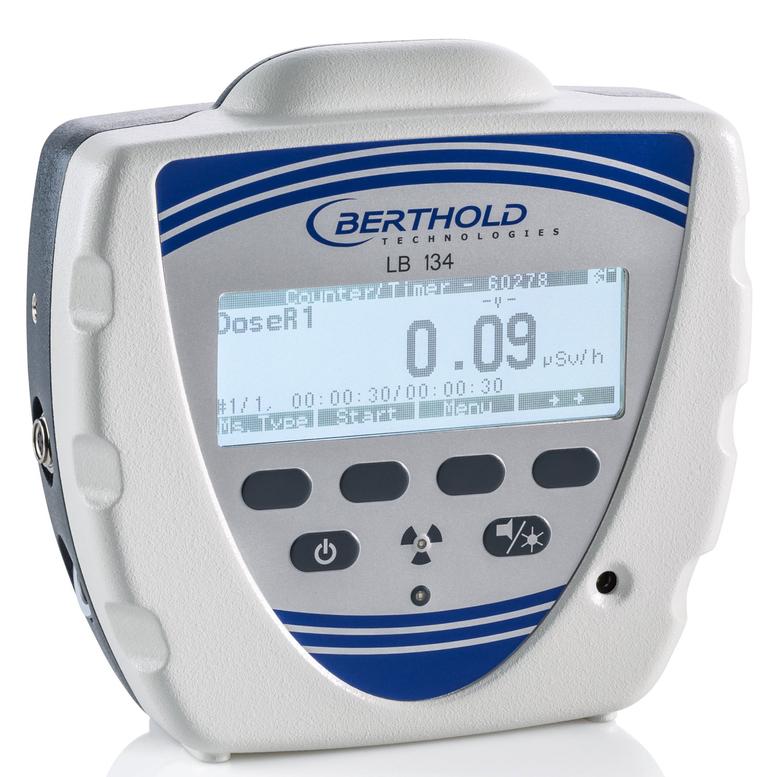
The Berthold LB 134 Universal Monitor II can be used for the measurement of radioactive alpha and beta/gamma contaminations, as well as for the determination of neutron and gamma dose rate in the parameter ambient equivalent dose and dose rate H*(10). A large number of probes can be attached to the basic unit, which identifies the pertinent probe and adjusts the program firmware automatically. Thus, adjustment of detector specific parameters like high voltage or measurement units is not necessary. By integrating a Geiger-Müller counter tube, it is possible to measure the gamma dose rate without connecting an additional external detector.
The Berthold LB 134 software provides numerous measuring modes and parameter settings.
For more details, please refer to datasheet.
Features:
- Detection of radioactive alpha and beta/gamma contaminations
- Determination of the neutron or gamma dose rate in ambient equivalent dose and dose rate H*(10)
- Application over a wide temperature range
- Lightweight, handy and extremely robust device
- Integrated dose rate detector
- Detector positioned parallel to the front of the device
- Energy response to H*(10) Ambient Dose Equivalent
- Halogen quenched Geiger-Müller counter tube
- Easily configurable to ensure reliable and safe operation
- Connectivity for all portable detectors
- Networkable
- PC software with remote application
- Practical bag with carrying strap
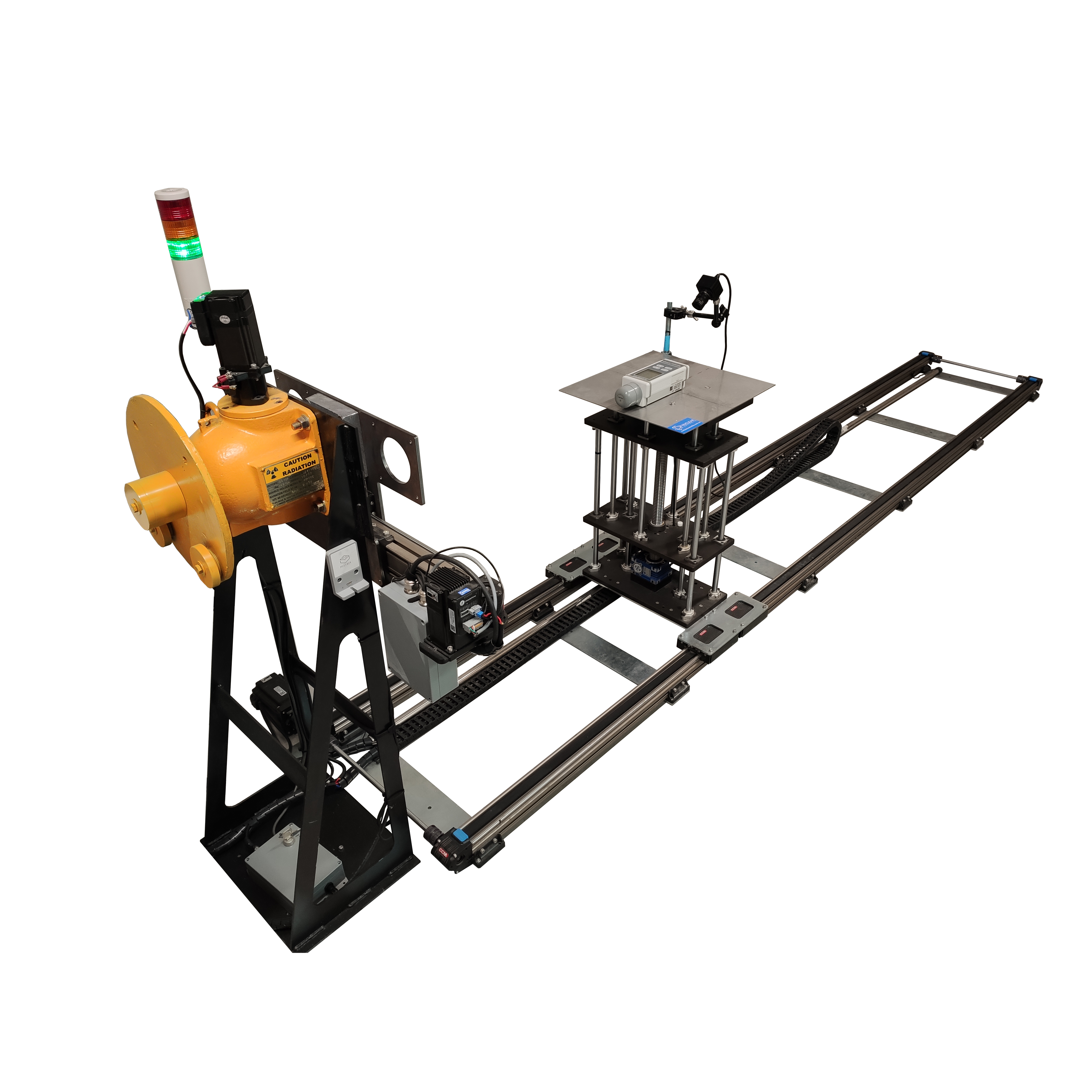
Nuclear Australia offers gamma dose and dose rate radiation calibration services to our customers, using our in-house designed and developed Gamma Calibration System (GCS). Incorporating the latest in computer controlled mechatronic hardware and a Cs-137 gamma source traceable to the Australian standard. Nuclear Australia offers a swift and efficient calibration service for the radiation industry.
Nuclear Australia’s radiation calibration service includes:
- Calibration at 8 dose points from 3 µSv/h to 2500 µSv/h.
- Comprehensive calibration certificate with calculated calibration factor.
- Wear-resistant sticker with calibration details, affixed to the meter.
- Battery change if required.
- General clean and service.
Nuclear Australia’s calibration service is perfect for:
- Survey Meters
- Geiger (GM Tube) Counters
- Dosimeters
- Area Monitors
- Electronic Personal Dosimeters (EPD’s)
To enquire about our calibration service or arrange a quote, please contact us below.
Alternatively, add this product to your cart and check out. Nuclear Australia will contact you within 24 hours of receiving your purchase to provide delivery instructions.



